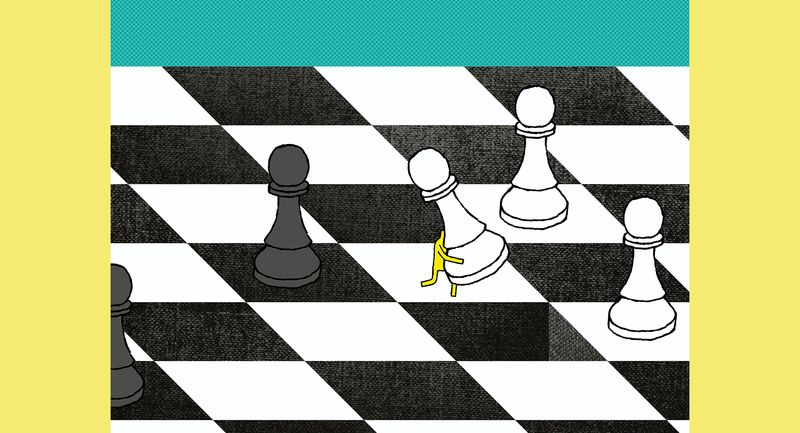Recent research on learning proves the need for updating traditional daily lesson planning, write Jane E. Pollock, Susan Hensley, and Laura Tolone in their new quick reference guide for ASCD.
GANAG lesson planning deliberately shifts the focus of planning lessons from what the teacher does to what students need to know and do. The five-step schema guides the teacher to intentionally plan for students to use nine high-yield strategies (e.g., note taking, cooperative learning, and the other instructional strategies discussed in Robert J. Marzano's Classroom Instruction That Works). GANAG provides a lesson plan and delivery schema that sets the foundation for improving student performance through self-regulation.
GANAG at a Glance
The sequence for teaching and learning in a GANAG-planned lesson is
- Set the GOAL
- ACCESS Prior Knowledge
- Introduce NEW Information
- APPLY New Information
- Review the GOAL
In action in the classroom, GANAG-style lesson planning might look like this:
G: To set the lesson goal, students might write or say the lesson goal and rate themselves on their current knowledge or skill with the goal.
A: To access prior knowledge, students might interact with a visual prompt or graphic organizer or discuss a guiding question with a partner.
N: While new information is introduced, students can practice summarizing and working cooperatively to clarify concepts and generate questions.
A: During the application of new information, students can identify similarities and differences, generate and test hypotheses, and seek feedback from the teacher and peers.
G: Finally, to review the goal at the end of a lesson, students can reflect on and rate their new level of understanding and amount of effort applied during the lesson.








